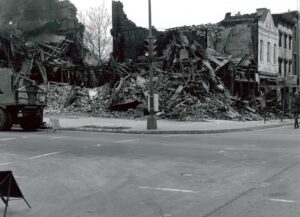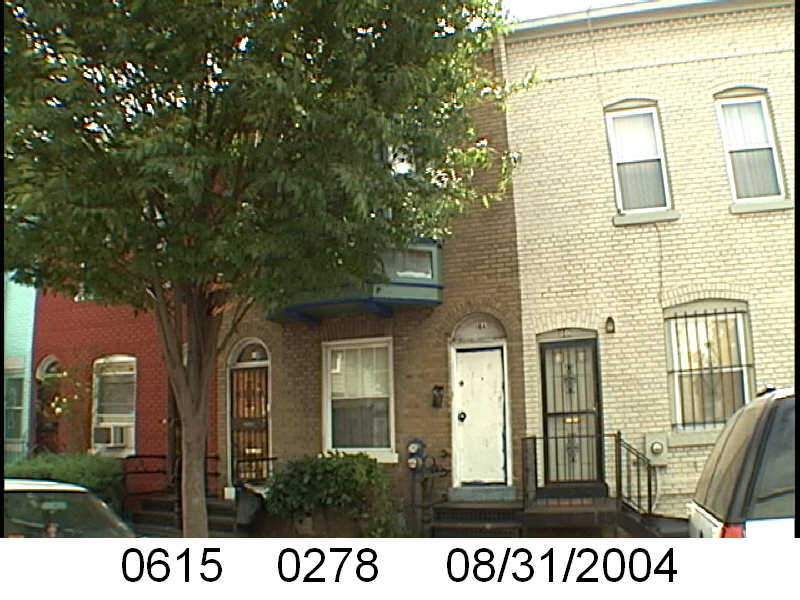
African American students at Armstrong Technical High School in Washington, DC use a jigsaw in 1942.
The podcast Myths and Legends is a pretty good reminder of one of the problems with being in a Greek tragedy, that bad thing you’re trying to avoid is going to happen. Sometimes the very actions taken to avoid the bad thing, lead straight to the bad thing. That’s one way of looking at things, the other is to blame the Oracle for giving vague easily misinterpreted answers.
Shaw has experienced tragedy. It took 30+ years for the neighborhood to mostly recover from the 1968 riots. Of course, prior to the first window broken or building fire, the neighborhood suffered as a slum.

I wonder, and this is just me spitballing, if some actions taken to ‘improve’ the neighborhood, or anywhere, could wind up doing the opposite. I used ‘improve’ in quotes because I’ve seen enough government records to get a bit jaded. Along with plans from the past that did not work out the way they were supposed to. And in the case of George Basiliko and his “improving” the Bates area, I see the road of good intentions being contracted out to a corrupt front that on paper is supposed to build the road but pockets the money elsewhere.
Ignore me. I’m in a mood.
The Washington Sanitary Improvement Company (WSIC) was a late 19th century charitable capitalism experiment that ended in the 1950s. This blog started looking at the homes that were supposed to be sold to African American home buyers, after decades of mainly renting to white tenants.
Looking at WSIC properties they tend to have a pattern where the properties were sold to a three business partners, Nathaniel J. Taube, Nathan Levin and James B. Evans as the Colonial Investment Co. for $3 million dollars. Those partners sold to African American buyers. There was usually a foreclosure. Then the property wound up in the hands of George Basiliko and or the DC Redevelopment Land Agency (RLA). Then there was the odd lucky ones who managed to avoid that fate.

Let’s see what happens with 18 Bates St NW:
I looked to see if Alberta Colson appeared anywhere else because sometimes the land records were entered in the system incorrectly. Nope. The last we see of her is in 1961. Also I will stop at 1978 because there are a slew of documents with water liens, wrongful housing and all sorts of messy things.